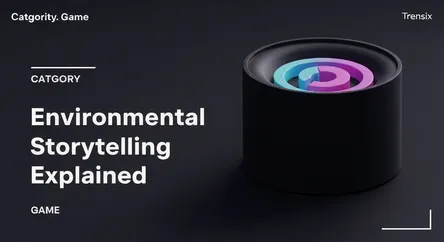Game
Environmental Storytelling Explained

Discover environmental storytelling, the technique of conveying narrative through a game's world, creating deep immersion and rewarding exploration.
What is it?
Environmental storytelling is a narrative technique where a game's world tells a story without relying on explicit dialogue or cutscenes. It uses details like object placement, architecture, graffiti, and decay to hint at past events and the game's lore. Think of the decaying halls of Rapture in BioShock or the tragic vaults in Fallout. Players act as detectives, piecing together the narrative from visual clues left behind, making the discovery process part of the gameplay itself.
Why is it trending?
This method is popular because it deeply enhances player immersion and agency. Instead of being passively told a story, players actively uncover it, making the experience more personal and rewarding. It respects the player's intelligence, encouraging exploration and careful observation. In an era of vast open-world games, environmental storytelling is a crucial tool for developers to make their worlds feel lived-in, authentic, and rich with history, adding layers of depth that keep players engaged for hours.
How does it affect people?
Environmental storytelling transforms players from spectators into active participants. It fosters a powerful sense of discovery as they connect clues and uncover the world's hidden secrets. This can create a stronger emotional connection to the game's setting and its unspoken history. By making the story a tangible part of the space the player inhabits, it makes the game world more believable and memorable, leading to a more profound and satisfying gameplay experience.